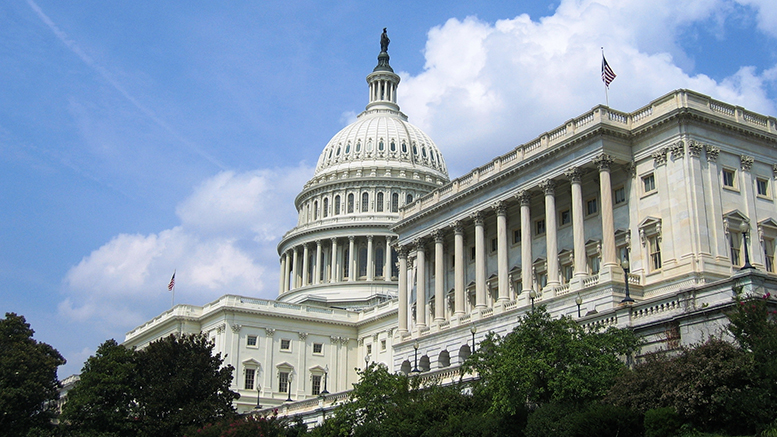With a rare show of bipartisan cooperation, legislation that would, in part, simplify the federal student aid application process for students and families is on its way to the president for him to sign into law.
Both chambers of Congress this week passed H.R. 5363, the FUTURE Act (Fostering Undergraduate Talent by Unlocking Resources for Education Act), which has moved quickly after Senate Republican and Democrat leaders crafted a compromise last week. Walter Bumphus, president and CEO of the American Association of Community Colleges (AACC), commended Sens. Lamar Alexander (R-Tennessee) and Patty Murray (D-Washington) “on their willingness to work together to help advance student success in higher education.”
That work cleared the way for the bill, which the House passed this week. The president is expected to sign it into law.
The legislation would permanently restore funding for historically black colleges and universities and simplify the Free Application for Federal Student Aid (FAFSA), which AACC’s government relations team says will encourage community college students to apply for federal financial aid. Currently, only 62 percent of community college students apply for federal student aid.
“Community colleges serve the majority of underrepresented students and are the on-ramp to the middle class for millions of Americans looking to complete an education that will help them to earn family-sustaining wages,” Bumphus said. “Simplifying FAFSA will help us preserve access to higher education and job training.”
The bill would establish data-sharing between the Internal Revenue Service and the Department of Education, which would, as a result, eliminate 22 of the 108 questions on the FAFSA, Alexander noted. Another benefit of sharing data: it would dramatically reduce the number of students flagged for “verification,” which requires some 5.5 million students annually to verify the information the provide to both government entities is the same.
Breaking down the $255 million for HBCUs and MSIs, each of the following sectors would annually continue to receive:
- Hispanic-serving institutions (HSIs), $100 million
- HBCUs, $85 million
- American Indian tribally controlled colleges and universities (TCCUs), $30 million
- Predominantly black institutions (PBIs), $15 million
- Alaska Native and Native Hawaiian-serving institutions (ANNHs), $15 million
- Asian American and Native American Pacific Islander-serving institutions (AANAPISIs), $5 million
- Native American-serving, nontribal institutions (NASNTIs), $5 million
Among U.S. community colleges, about 26 percent are HSIs, 15 percent are PBIs, 4 percent are NASNTIs and 3 percent are AANAPISIs, according to AACC.

